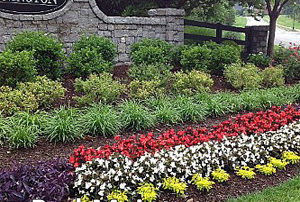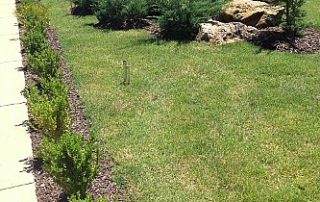Fall is a Great Time to Mulch Flower Beds
During the fall, this is the time to give flower beds some much-needed attention. This is the time to mulch flower beds and replant with fall and winter tolerant flowers. Here are some tips on what to do: The first step is to remove all plant debris from the planting bed where you have flowers. This debris can be used as compost material. If you don't compost, then dispose of the plant debris. Remember to also remove any weeds from the plant and flower beds. Next, the soil needs to be prepared for rototilling. If you are leavint leaves as garden mulch, then be sure to shred them first. You can do this by usng a lawn mower to cut them into smaller pieces. One option is to then use what is known as living mulch. This is using live plants in place of conventional mulch. However, leaf mulch doesn't look very aesthetically pleasing when you want to have tidy flower beds. However, it can be less work. Yet, leaf mulch is free versus investing in regular mulch. There's also the choice between organic and inorganic. Organic mulch has shredded wood products. However, you can also use pine needles or grass clipping for mulch as well. Pine needles can acidify soil as they decompose while leaf compost adds nutrients. Then, grass clippings can burn plants as it decomposes and cause nitrogen deficiency in plants. Organic mulches breakdown over time. As they do, this type of mulch releases nutrients and enriches the soil. Normally, you have to apply organic mulches every year to maintain flower beds. Inorganic mulch has stone products and recycled rubber products. This type of mulch can reduce problems with insects around the flower beds. The inorganic mulch can radiate heat from the sun, which may scorch the lower parts of plants. Either use plants that are adapted to this or put organic mulch around the base of the plant and use inorganic mulch in the areas of the flower beds where there are no plants. One downfall with inorganic mulches is that they are more costly initially. However, they also don't need to be replenished every year. Contact us today to find out how we can take care of your fall mulching needs for your flower beds!




